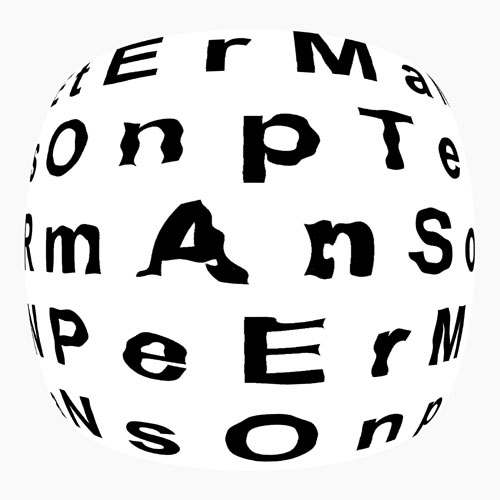Lawrence Upton
is a sound & graphic artist; performer; and poet. He works collaboratively and solo.Since 2008, he has been AHRC Creative Research Fellow in Goldsmiths’ Department of Music. He made text-sound composition at Fylkingen in Stockholm from 1974 until 1978. Later, he worked with cris cheek, Erik Vonna-Michell and others. During the 1990s, he renewed and expanded collaborative working with Bob Cobbing (1920 – 2002), producing 12 publications, one of which is the 300 part Domestic Ambient Noise (2000, Writers Forum) whilst continuing his solo practice.
Since 2004, he has been making multi-media pieces, especially with John Levack Drever, a collaboration he regards as being of major significance in his artistic career; and extending his solo practice in a number of directions.
Recently, he made the sound-track to William English’s film Still and has a number of other projects relating sound art to film under weigh.
John Levack Drever
is a sonic artist and soundscape researcher focusing on background noise and human utterance. Commissions range from the Groupe de Recherches Musicales (1999) to Royal Society for the Protection of Birds (2002). He was the final chair of Sonic Arts Network and a co-founder and chair of the UK and Ireland Soundscape Community, a regional branch of the World Forum for Acoustic Ecology. His PhD from Dartington College of Arts, awarded in 2001, was titled, ‘Phonographies: Practical and Theoretical Explorations into Composing with Disembodied Sound’. Vitally, much of his output is collaborative including projects with Geoff Cox, Rachel Gomme, Alice Oswald, Alaric Sumner, Tony Thatcher, Lawrence Upton, and Louise K. Wilson, and he is a member of Blind Ditch. He is a Senior Lecturer in Music and head of the Unit for Sound Practice Research at Goldsmiths, University of London.
NAMELY for Peter Manson (2009) (extract)
John Levack Drever and Lawrence Upton tend, as here, to use sets of “visual poems” as what they call ‚indicative scores‘.
Upton makes the scores in a poetic tradition. In ‚NAMELY for Peter Manson‘, the source material are the letters of Peter Manson’s name. These are treated, in this case, by being stretched and overlaid using computer packages. Each is “sound sung”, a process analogous to but not the same as "extended voice technique".
The score as such includes information on the order in which each image is performed and the duration of that performance. Usually, they have presented the images both to themselves and the audience by means of an electronic slide show.
Before the performance, studio recordings are made by Upton with which Drever composes pre-recorded elements. During the performance, these pre-composed elements are played back and mixed in real time with Upton’s live voice; and further treated.This results in a complexity of feedback loops with both artists composing in real time.

